Today’s businesses need the top Backup Software product to not only stay competitive but also to stay compliant with laws. Throughout this short article, I will attempt to give you the strengths and weaknesses of both the DATTO and VEEAM Solutions in an attempt to provide knowledge, for smart business decisions making when it comes to storage and recovery.
Before we get to the two solutions let’s first analyse what Disaster Recovery (DR) actually is.
DR is a business area of security planning that aims to protect your organisation from the effects of significant negative events that may corrupt all data or your entire IT infrastructure. These solutions are highly recommendable in this new age of born global companies, it allows you to maintain or quickly resume mission-critical functions following a disaster. This can be anything that puts your business at risk, whether it’s cyber attacks, equipment failure, human error or just general natural disasters. The main goal with DR solutions is for your business to continue operating as close to normal as possible. Now let’s do a short comparison of two big players in this space.
VEEAM
Strengths:
- Focus on VMware and Hyper-V Virtual Environments.
- Partnerships with leading storage vendors and deduplication appliances.
- Single-pass virtual backup.
- Granular recovery to both files and applications (Exchange, SQP, Sharepoint…etc.).
- Ease of use in a basic configuration.
Weaknesses:
- Limited support for physical servers and applications (unproven).
- Image-level backups lack granularity when choosing what to backup (for example, folders cannot be executed from backup).
- Image-level backups can take longer and require more storage due to above reason.
- No global deduplication (Must be configured per backup job/schedule).
- No native cloud storage; relies on service providers for cloud storage and disaster recovery (DR).
DATTO
Strength:
- Instant virtualisation of on-premise server either locally on a Datto device or remotely in Datto’s cloud.
- Instant bare metal recovery of physical and virtual servers (Hyper-V and VMware).
- Datto offers entire backup chain to their MSPs and customers; applications, cloud, DR service.
- Screenshot verification feature alerts to potential problems.
- Backup insights feature provides the ability to see what has changed between any two backups.
- Datto Allows for separate on-premise and cloud retention policies.
Weaknesses:
- Very little of Datto software is its own technology. They use a mixture of StorageCraft backup agents, Linux OS (Ubuntu), and KVM (VM manager).
- Imaged-based backup lack granularity.
- Datto’s file-based restores lack the ability to recover file permissions (ACLs).
- Encrypting Datto backups will use cost more storage (3x in many instances) because they do not use compression.
A quick summary of terms for non-technicals:
- Completeness – does the software require multiple add-ons or can it be run with just the appliance.
- Ease of Use – how simple is it to deploy, run, and manage the backup software.
- Data Deduplication – a process that eliminates redundant copies of data and reduces storage overhead.
- Offsite Replication – a process that copies data to a site other than the primary site.
- Physical Protection – protection of data in an on-premise environment.
- Virtual Protection – protection of data in a cloud-hosted environment.
- Public Cloud Protection – protection of data in a cloud-hosted environment.
- Disaster Recovery as a Service – the replication and hosting of physical or virtual servers by a third party to provide failover in the event of a man-made or natural catastrophe.
- Unified Management – the ability to monitor and control operations from a single platform.
- Cloud Capability – store backups off-site in a cloud environment.
- Archiving Capability – the process of storing data in a unique place for future reference.
Conclusion
Backup
When it comes to backup, Veeam claims to have the “#1 VMware Backup & Availability.” with options including their “2-in-1 backup and replication” system, which claims it “can improve your availability strategy and complement VMs backup with image-based replication”. The Datto SIWIS 3 system, conversely provides “Hybrid cloud-based recovery, for instant onsite and offsite backup virtualisation”. Datto claims to have completely eliminated the problem of broken backup chains.
Replication
As part of their Replication verbiage, Veeam, under their “Fast off-site replication” heading, employs the phrase “helps you improve replication performance”. To those who require solid backup and replication tools, “Helps” might not cut it when it comes to certainty and surety when disaster strikes their business data centers. As part of their “most reliable and advanced” continuity solutions, Datto and their SIRIS 3 system employ Inverse Chain Technology-a proprietary method using asynchronous mirroring which unifies backup continuity-along with both agent and agentless backup options for SMBs, or entities of any size. The Datto SIRIS 3 also leads the way in speed, claiming entire infrastructures can be spun up in just 6 seconds.
Pricing
Veeam takes the pricing prize as we found there to be a significant difference in pricing. For some, that will be appealing – but for others who recognise the true value of the Datto solution would understand that you usually get what you pay for in business continuity… and in life.
So there you have it. A short comparison between the two largest disaster recovery solutions in the world. If you want to find out more about what solution would be right for your business contact us. Also, check our disaster recovery page for videos of these two solutions and also Zerto, which we didn’t cover in this article. Keep in mind that this is very important when it comes to businesses in this day and age and that you should have this implemented in your businesses, especially in particular business sectors.


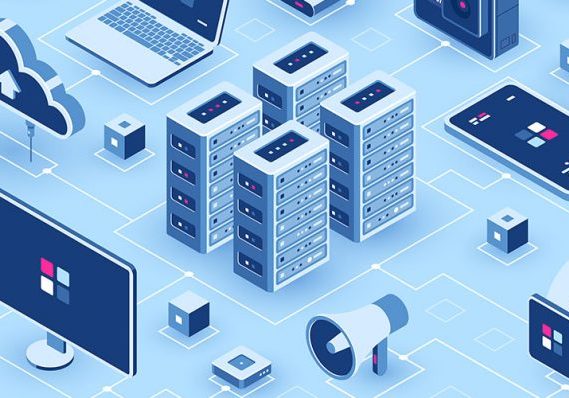
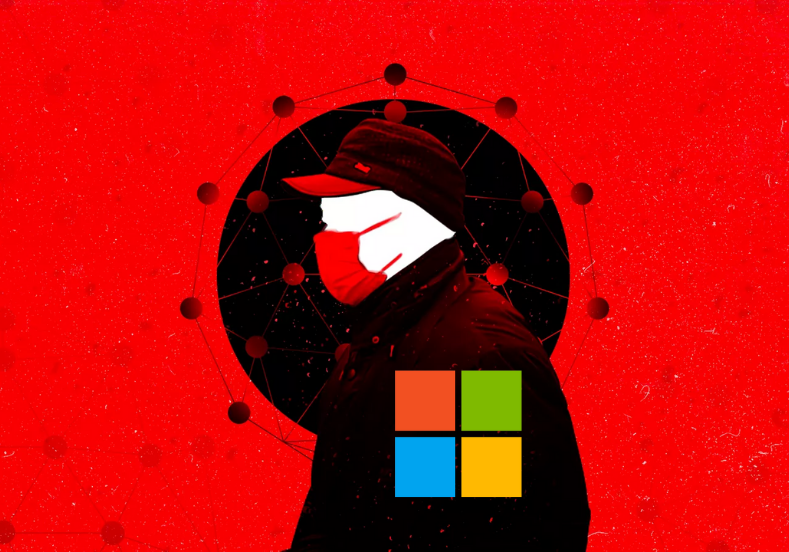




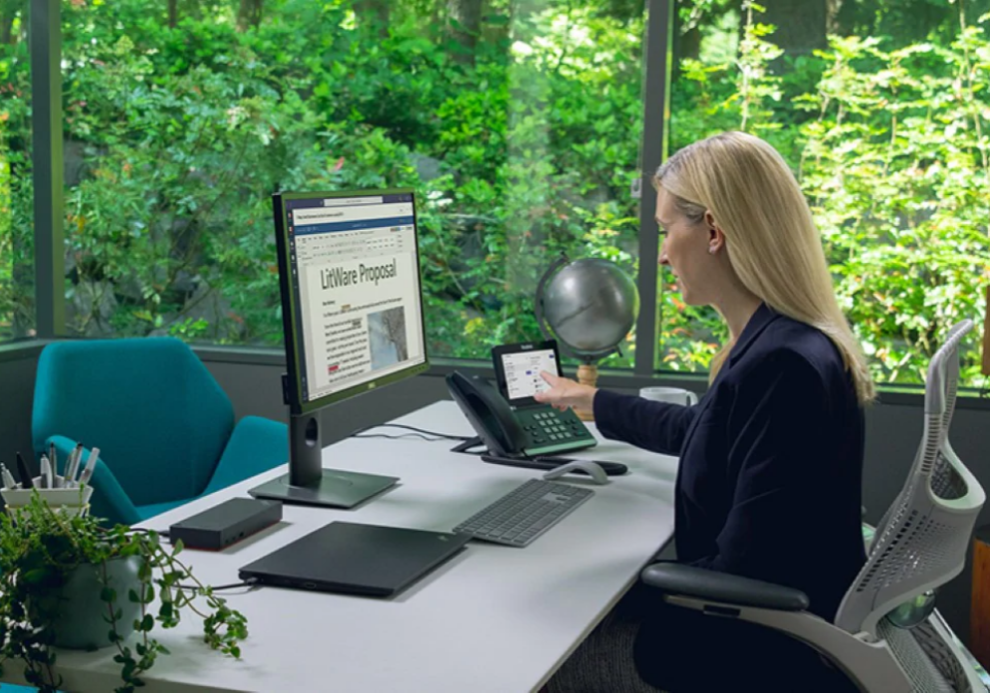
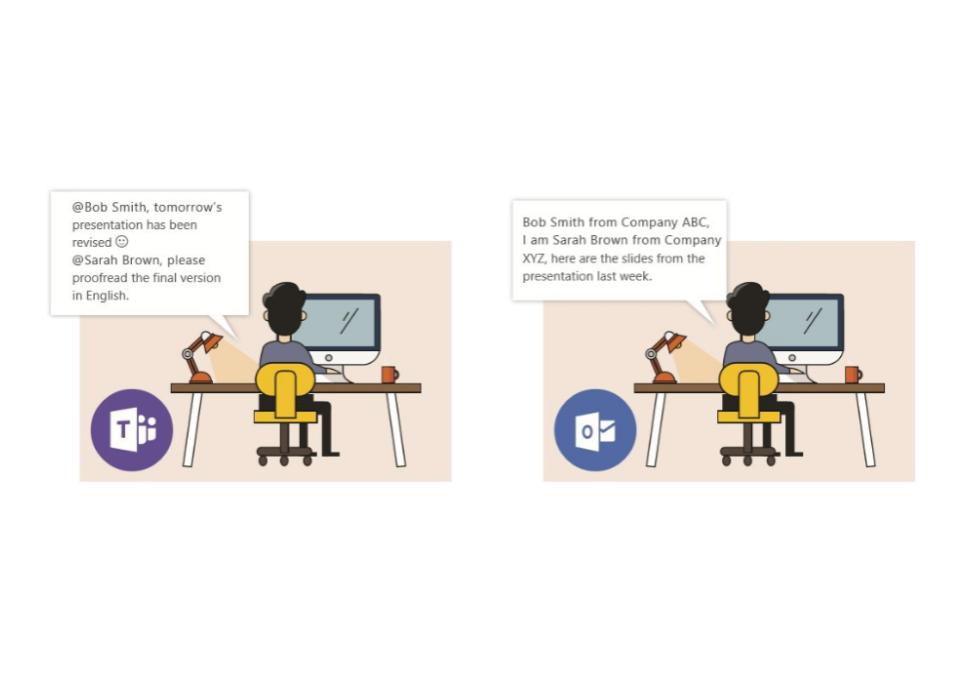
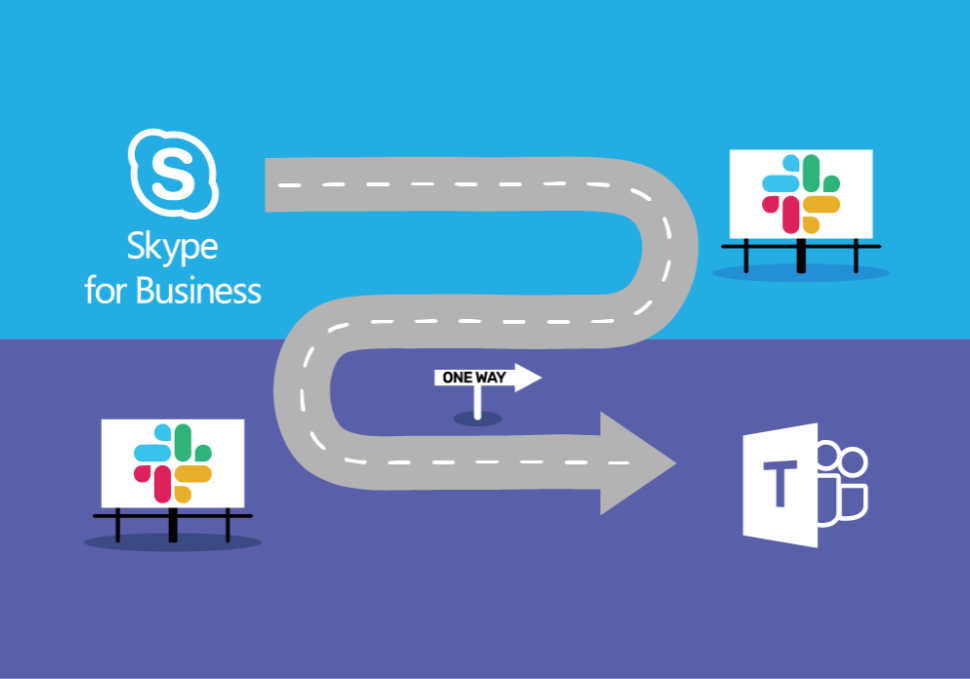

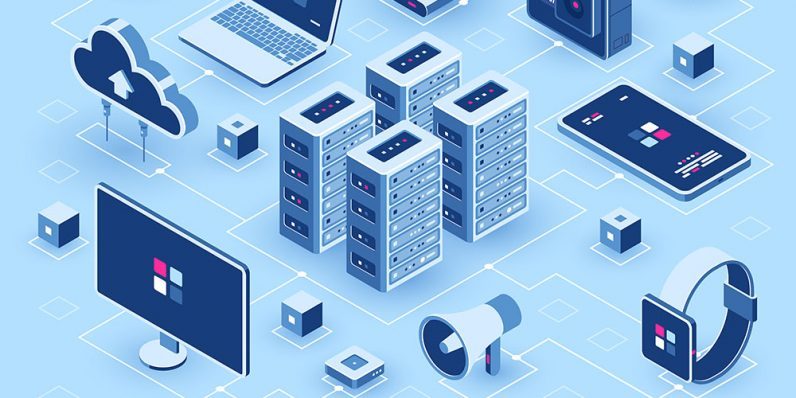
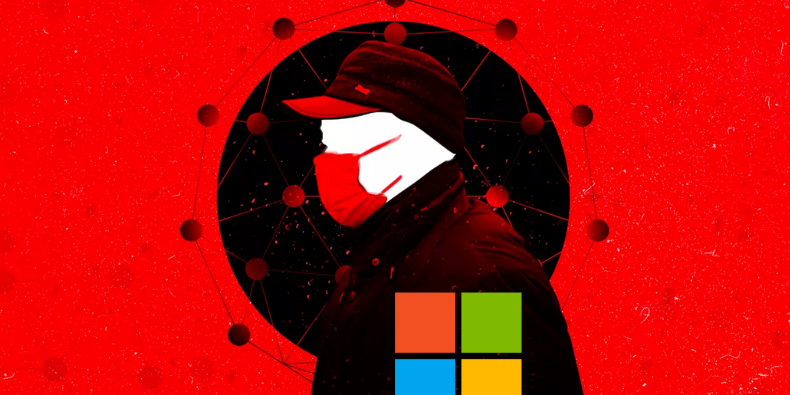

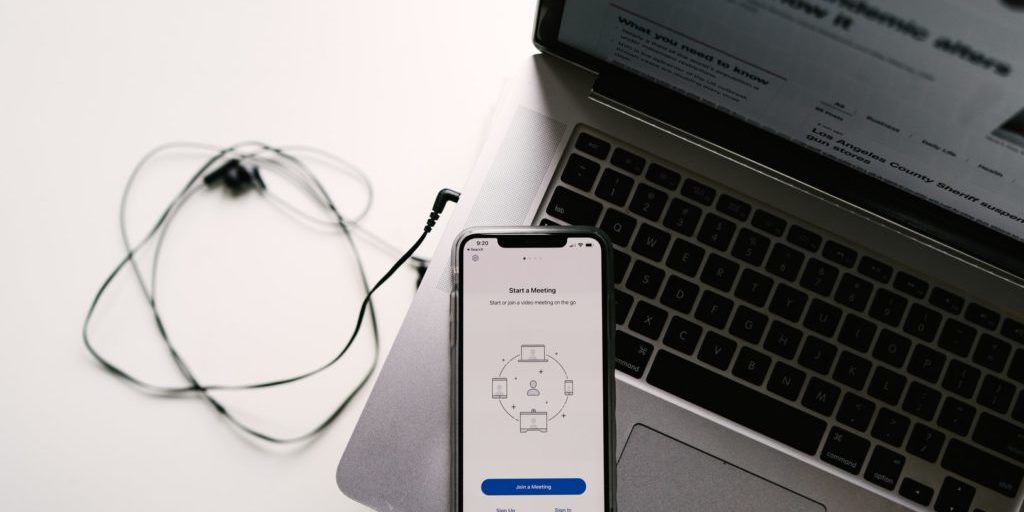
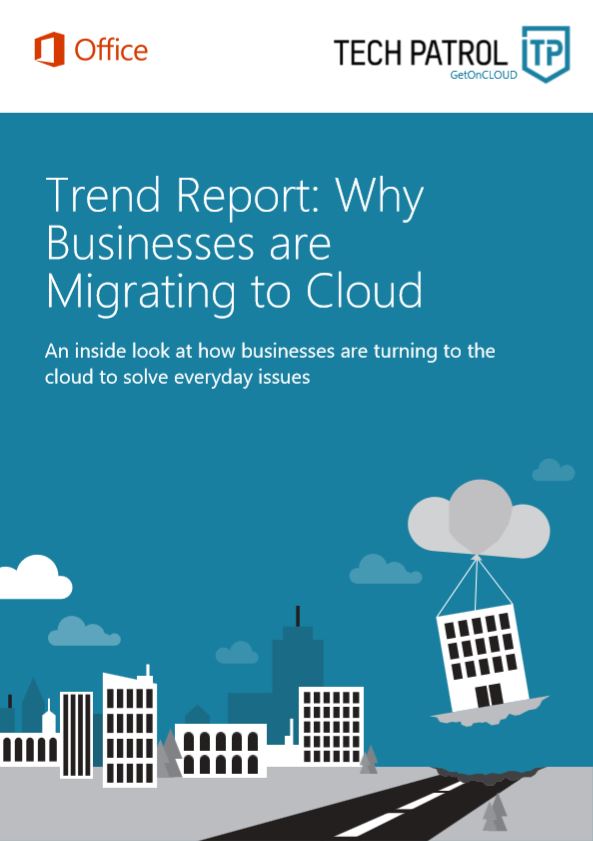
Share your thoughts in the Comments section: